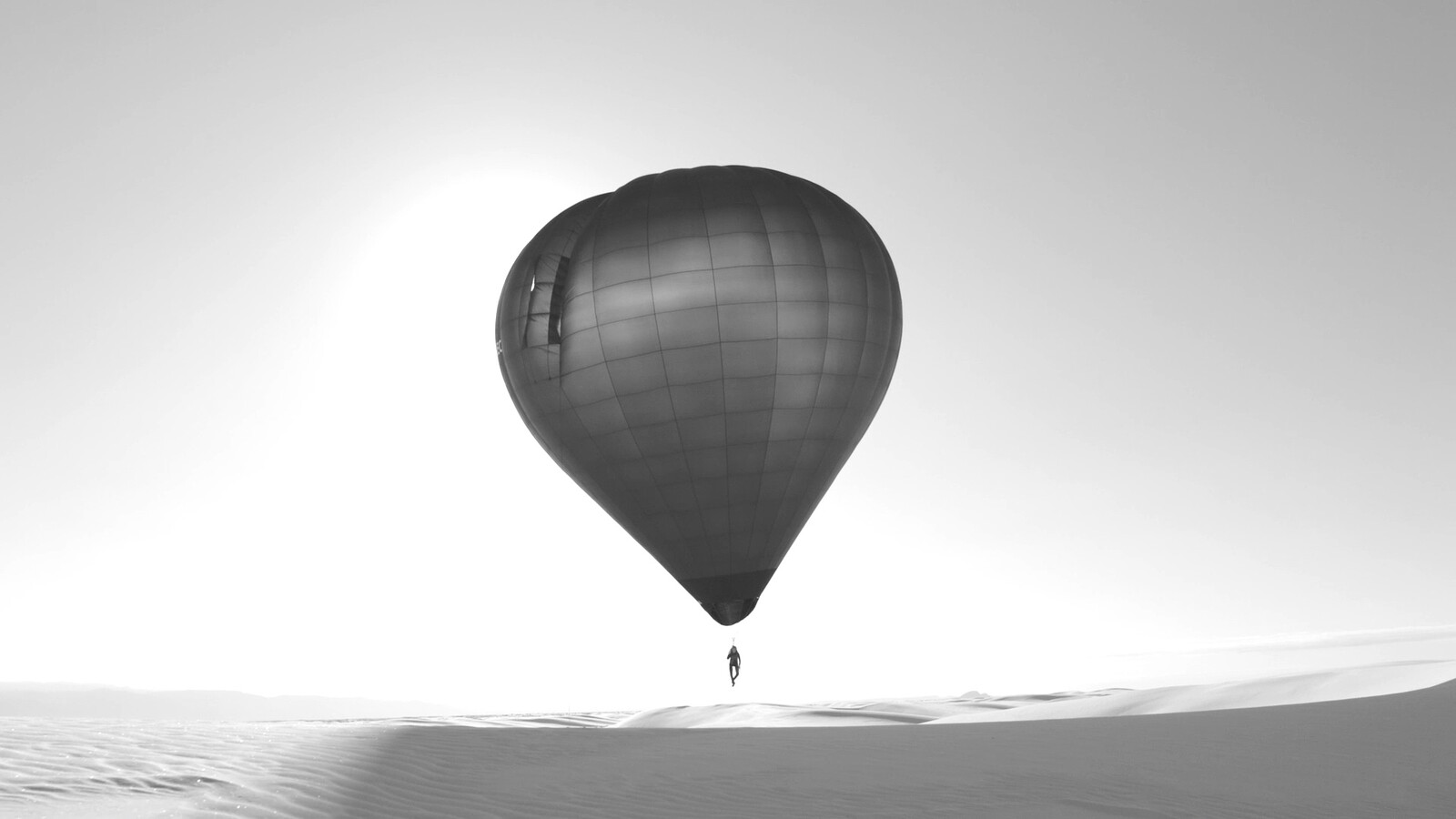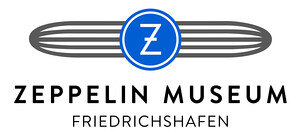Utopias of the third dimension
December 16, 2022–April 16, 2023
Seestraße 22
88045 Friedrichshafen
Germany
Hours: Tuesday–Sunday 10am–5pm
T +49 7541 38010
F +49 7541 380181
info@zeppelin-museum.de
The transdisciplinary exhibition Fetishizing the Future: Utopias of the third dimension at the Zeppelin Museum Friedrichshafen discusses visions and ideas from the last 120 years for overcoming gravity and for optimizing the necessary technologies. Airships and air taxis, civil Hypersonic Aircraft, flying cities and space settlements: historical and current technical and socio-political utopias are juxtaposed with artistic positions that question them, envision alternative scenarios and reveal their dystopian potential. The exhibition focuses on the question whether technical innovations can fulfil the human desires for speed, freedom, peace, immortality and sustainability, or whether their significance is exaggerated by marketing and fetishized promises of salvation.
Wishes to navigate the skies or travel through space are not new. But especially in our cosmos of fragile ecosystems, overpopulation, lack of space, scarcity of resources and war, innovative technologies seem to promise a better future, a more livable world. Behind airships, drone taxis, civil Hypersonic Aircraft, flying cities or space tourism, we often find simple human longings. Shaped by a strong belief in technology, marketing and the desire for progress, utopias develop, but so do their counterparts, dystopias. The exhibition Fetishizing the Future: Utopias of the third dimension examines for the first time the intertwining of technological and societal utopias and raises the question: Can technology save the world – or is it rather an instrument of power and a marketing promise? For this, the exhibition starts in the past with the history of airships and looks into possible futures with works by contemporary artists.
Speed, freedom, peace, immortality and sustainability: these five main chapters structure the exhibition visit and enable a critical examination of past and present visions of a more livable future. Embedded in the exhibition architecture are participatory areas, so called Social Scenography Spaces, in which visitors can actively enter into dialogue with the art works, with each other or with the experts on site. These encounters, exchanges and relationships continue online via the debatorial®, the Zeppelin Museum’s digital debate and knowledge platform.
A total of 15 artworks by Aerocene Foundation und Tomás Saraceno, Nuotama Frances Bodomo, Andreas Feininger, Alexandra Daisy Ginsberg, Alexander Kluge, Marie Lienhard, Jacolby Satterwhite, Timur Si-Qin, Anton Vidokle and Aby Warburg are completed by more than 80 objects centered around aviation history: A large model of the Concorde, parts of the airship Dolphin, power generator and motor of solar airship Lotte, models of the Wagner Roto Car, the International Space Station ISS, the CargoLifter as well as a mars diorama, (design) models, magazines, posters and various post- and joke cards of airship travel.
A sustainable approach, from the architecture and scenography to the exhibits on display, was important to the curators. Works were specifically selected from the Zeppelin Museum’s vast technology and art collections, which are supplemented by international loans. In accordance with the overall theme of the exhibition, introductory texts are not placed on the walls but rather hang freely from the ceiling, and many elements of the exhibition architecture were recycled and reprocessed. The first footprint on the moon was incorporated scenographically, as was the Blue Marble photo taken by the crew of Apollo 17 in 1972 from a distance of around 29,000 km, or joke postcards of airship travel as wall designs.



